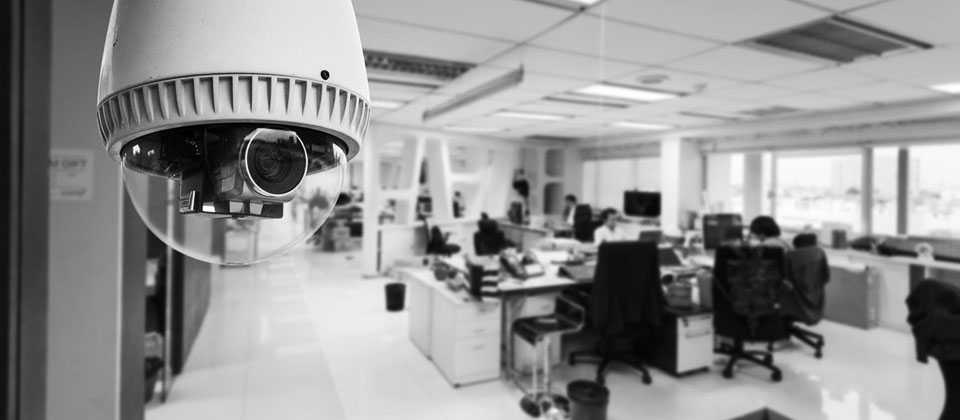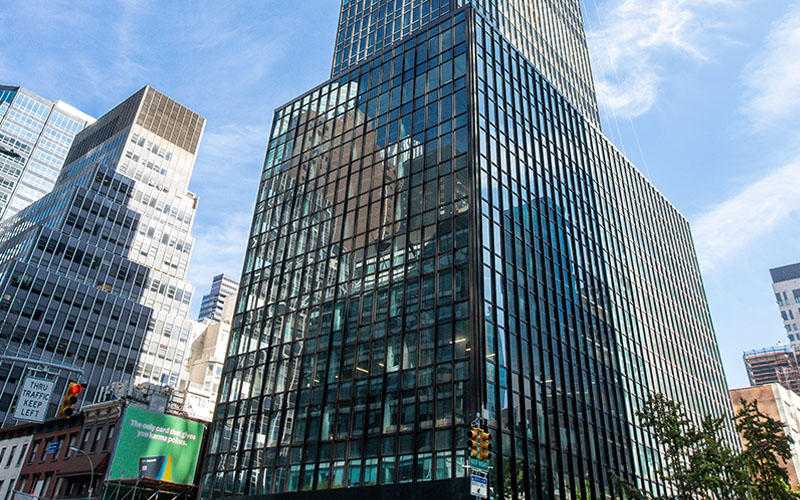
Reimagining offices
From quantity to quality.
How likely? How soon? What impact?
The first purpose-built office building was London's Old Admiralty, constructed in 1726. Since then, office buildings have sprawled out and reached into the sky, exploiting transportation and telecommunications technologies to scale up. Urban theorists have long considered big office districts as indispensable coordinating hubs for the global economy. Then, during the COVID-19 pandemic, office districts emptied the world over, even as business trundled along in virtual spaces. Hasty predictions of the death of downtowns followed. But the buildings, and the desire to use them productively, remain. The question is how. Meanwhile, about one-third of workers want to stick with remote and home-based work. Another third are eager to return to face-to-face. Another third don't seem to know, or have, a preference. This schism looks likely to last.
Over the next decade, these challenges will drive a wave of experimentation and adaptation as organizations of all kinds reimagine and restructure offices. Large employers will use technology to support a more mobile and distributed workforce, but also to make more intense use of downtown locations. Real estate experts anticipate a long-term shift from 20 percent of staff working remote at least 1 day a week remotely pre-pandemic, to more than 50 percent working 2 days or more remote in the future. Overall, space requirements will shrink about 10 percent.
The upshot of all this will be a renewed focus on quality over quantity of space. Buildings that are more flexible will prove more adaptable to the changing needs of functions that remain in central locations. Urban tech will be fundamental to new building designs, as well as to retrofits of existing buildings that maximize flexibility and reduce cost of ownership.
Signals
Signals are evidence of possible futures found in the world today—technologies, products, services, and behaviors that we expect are already here but could become more widespread tomorrow.




..png)



